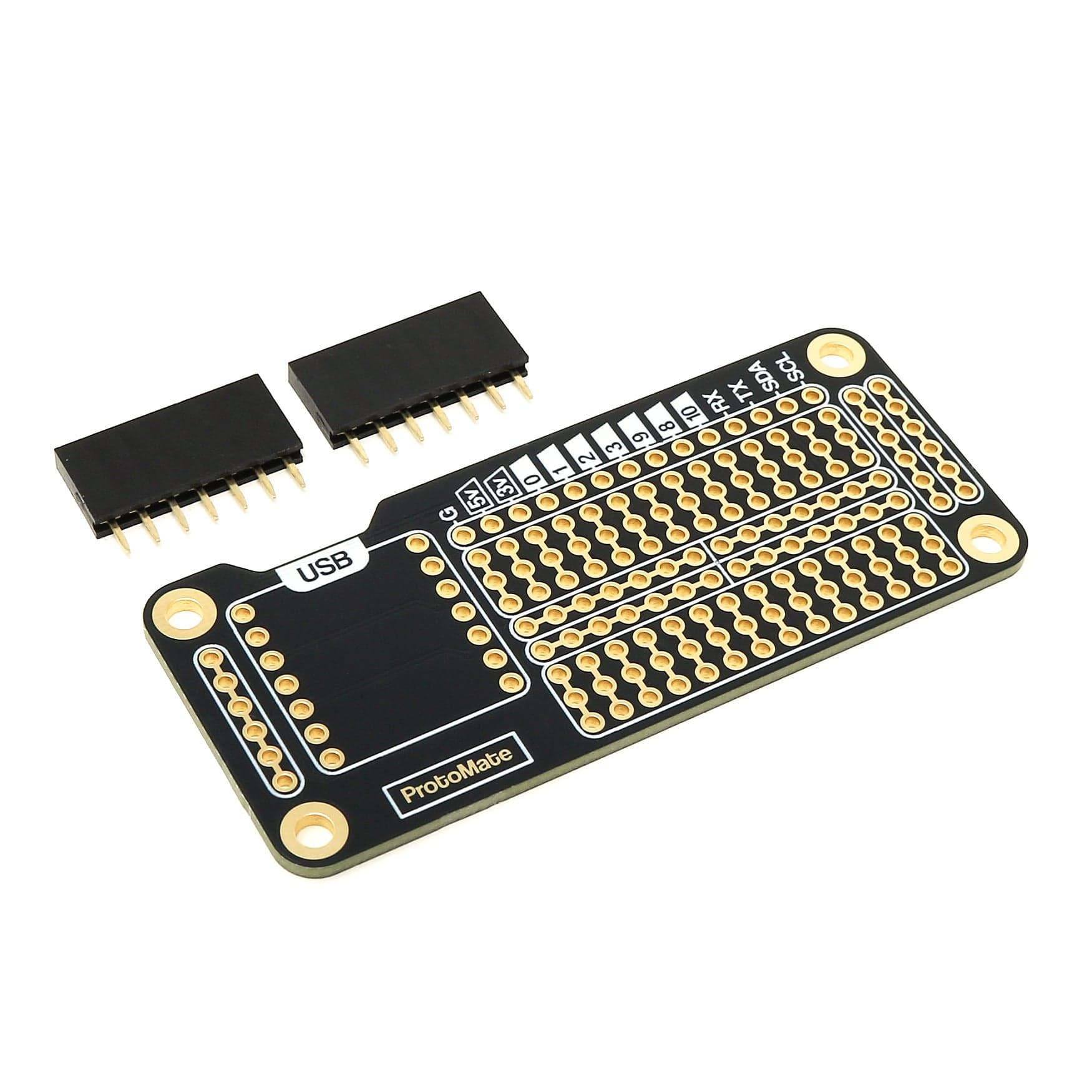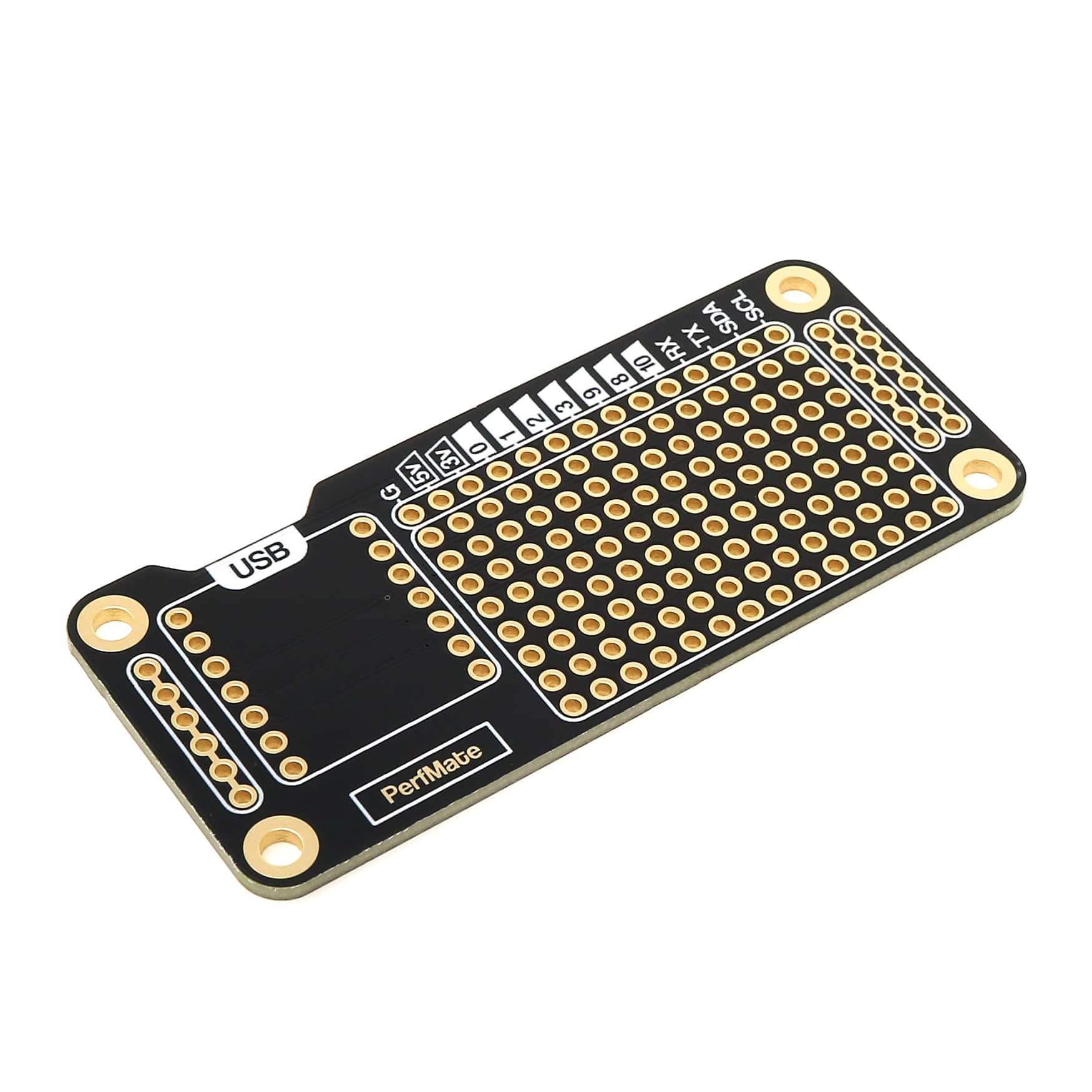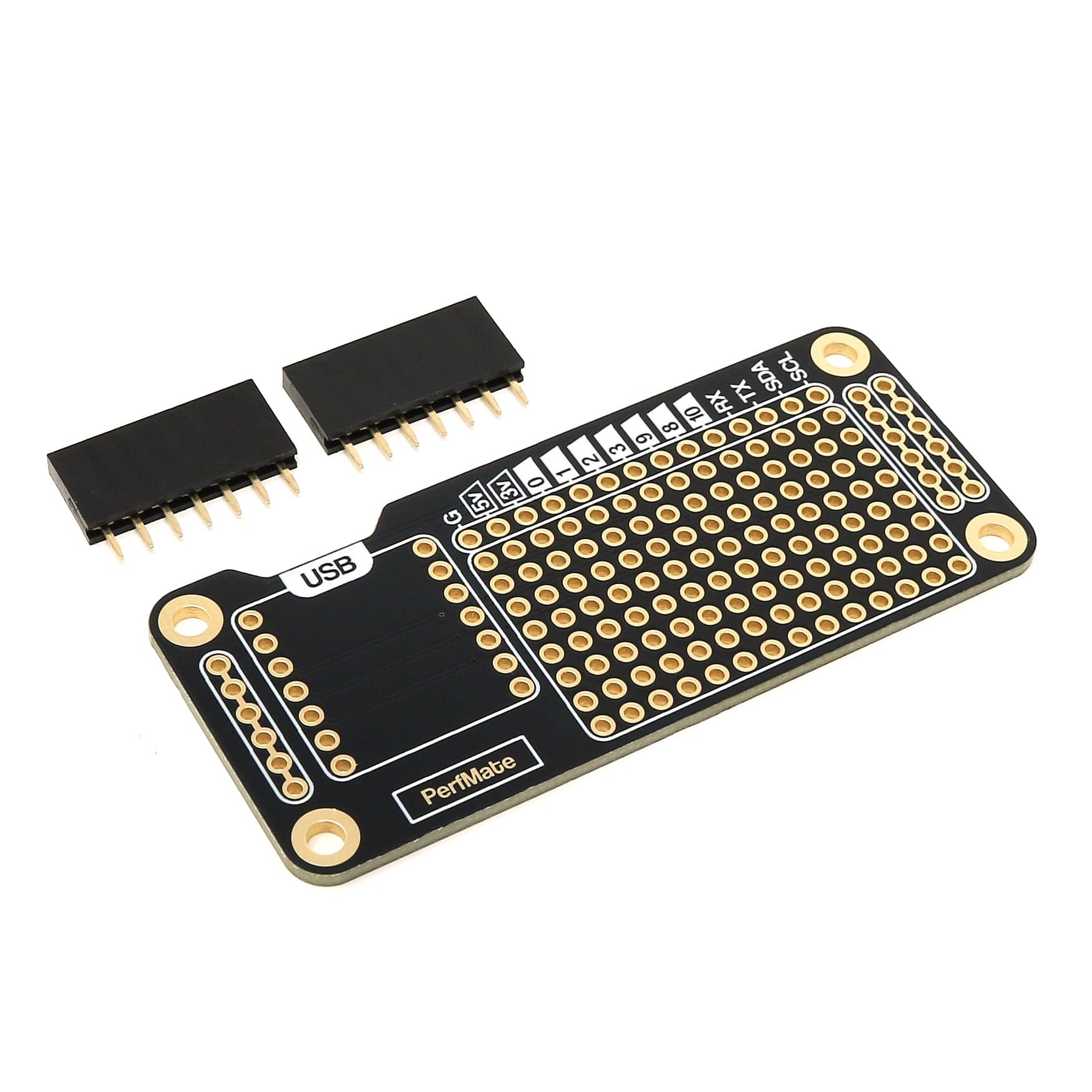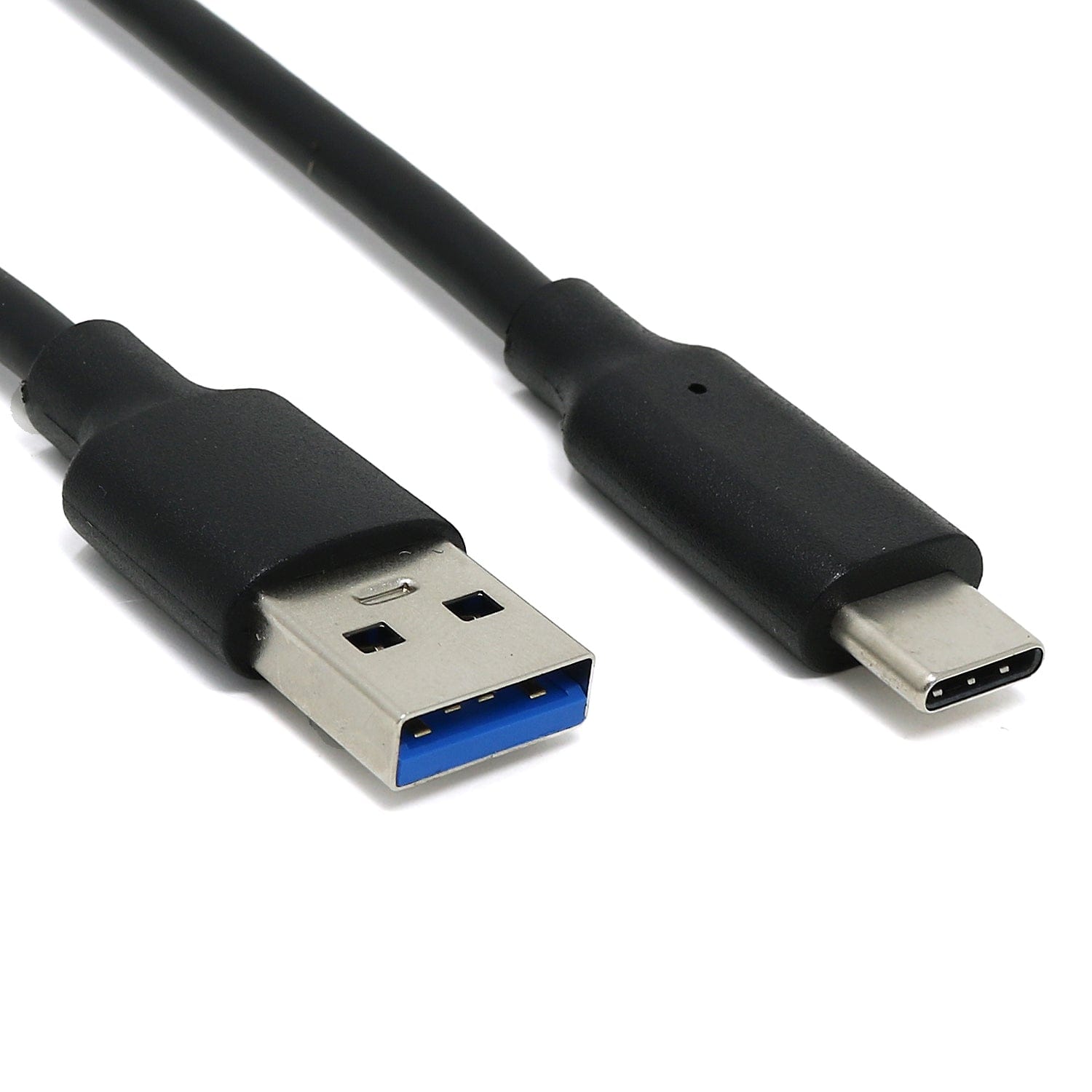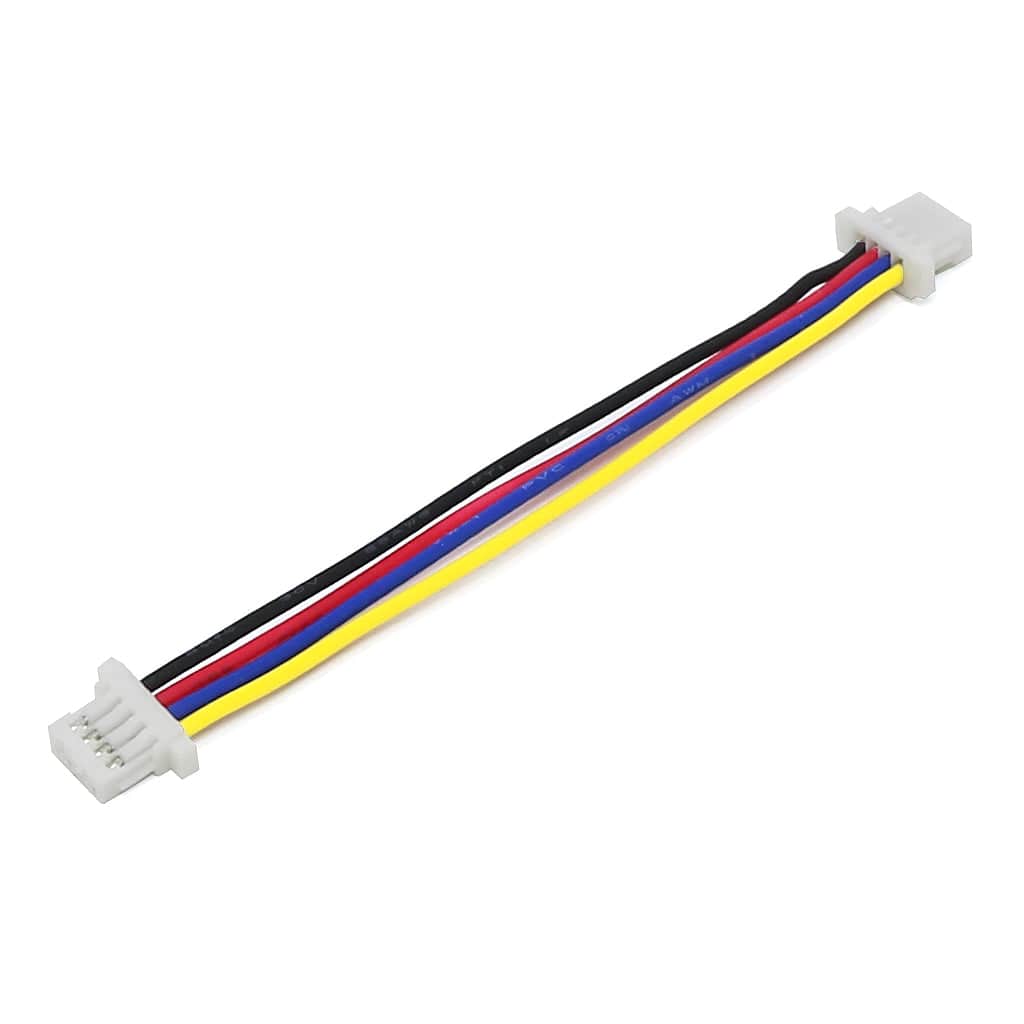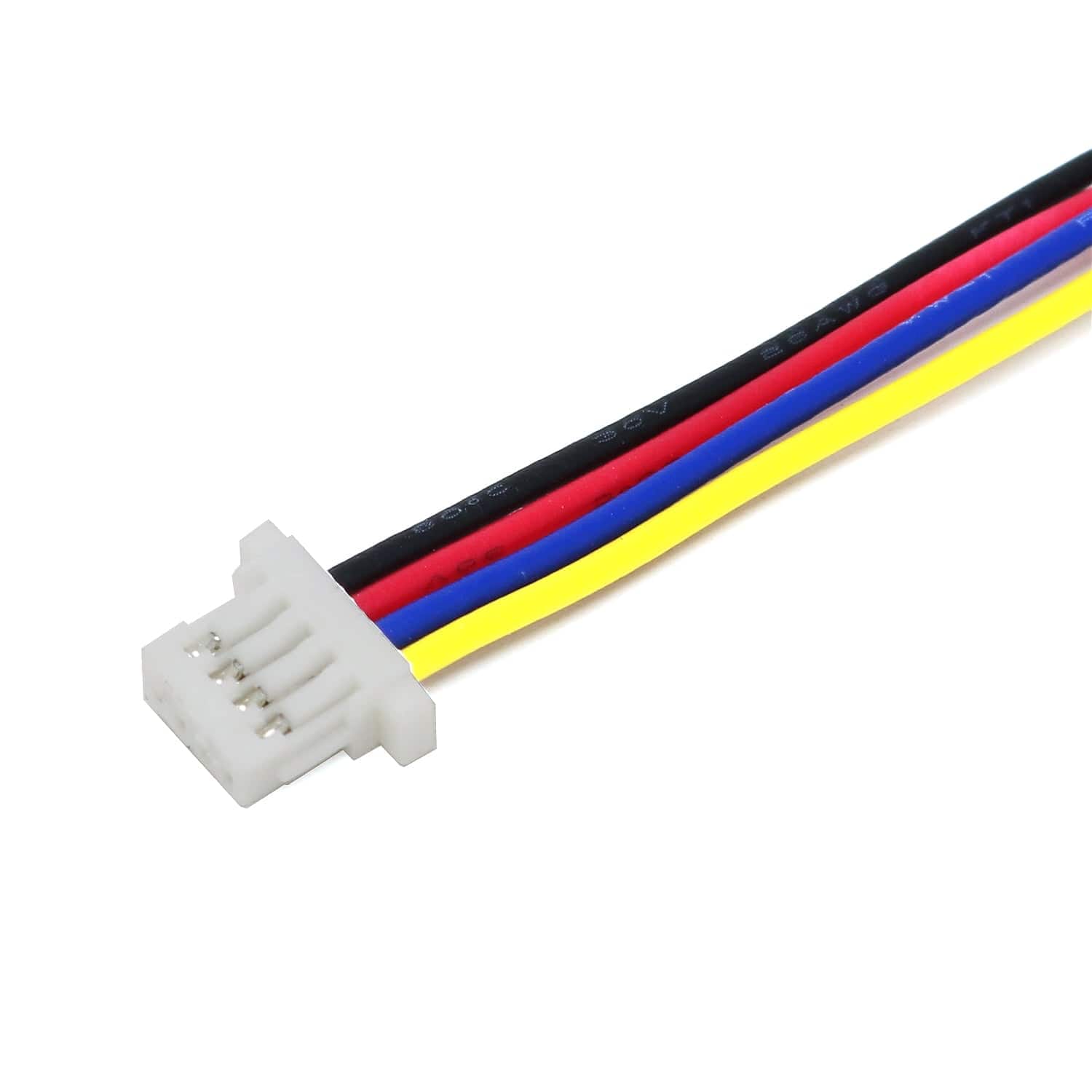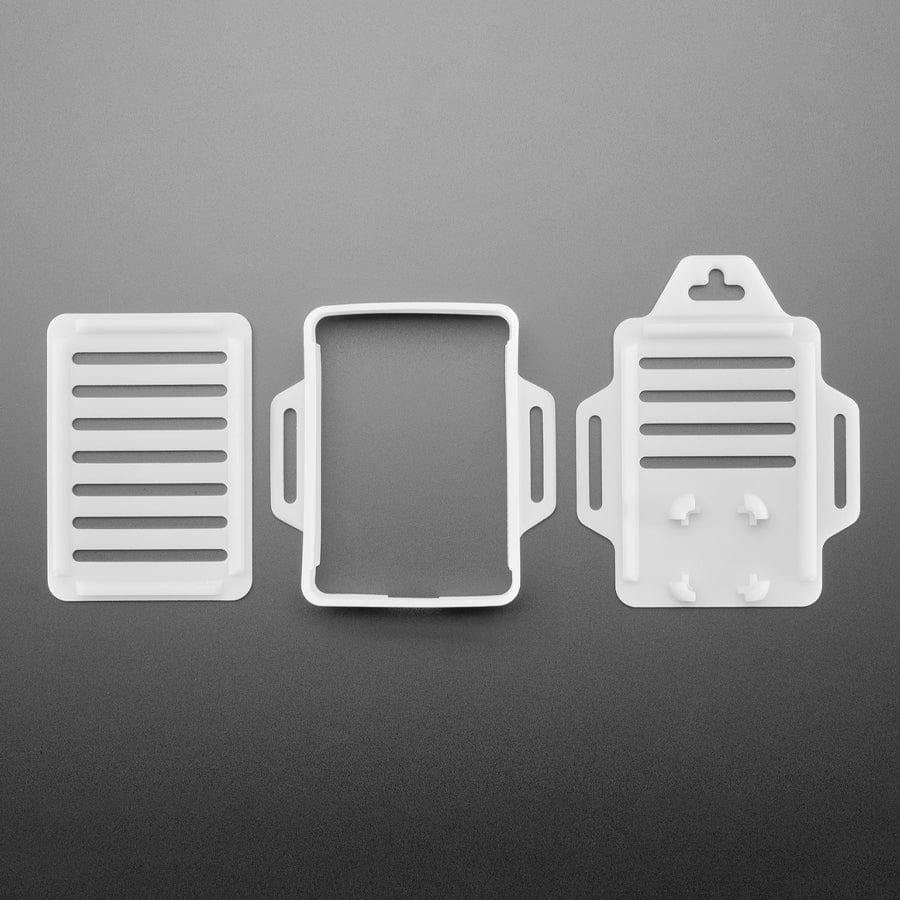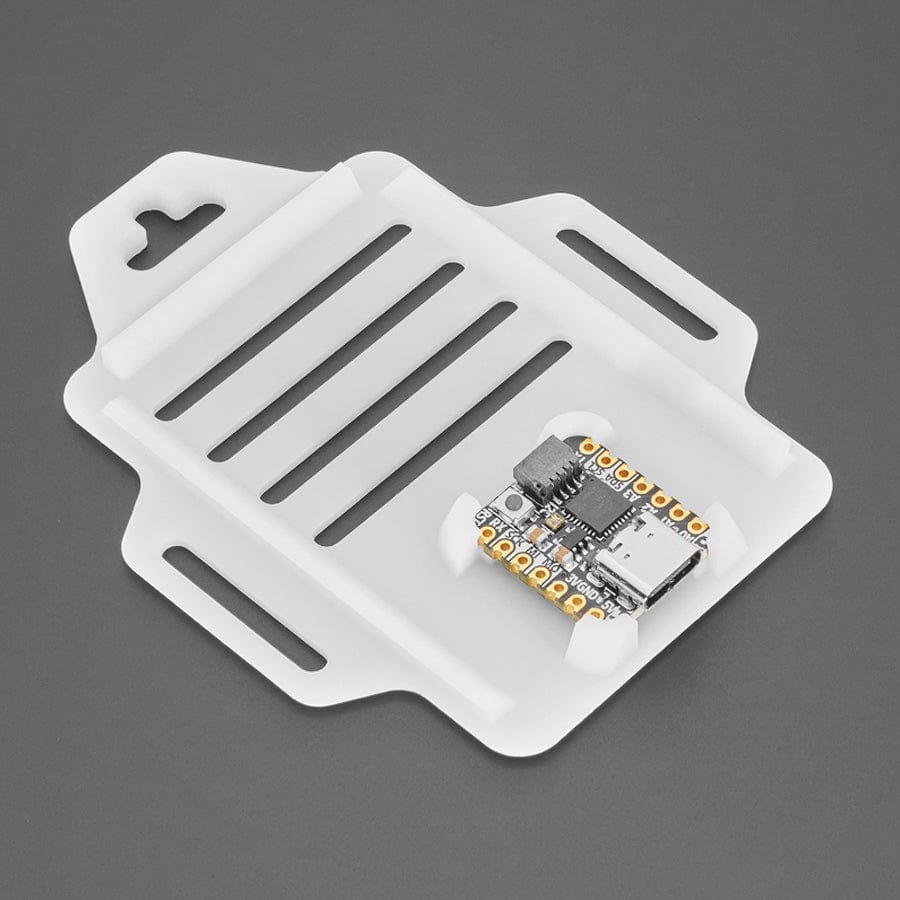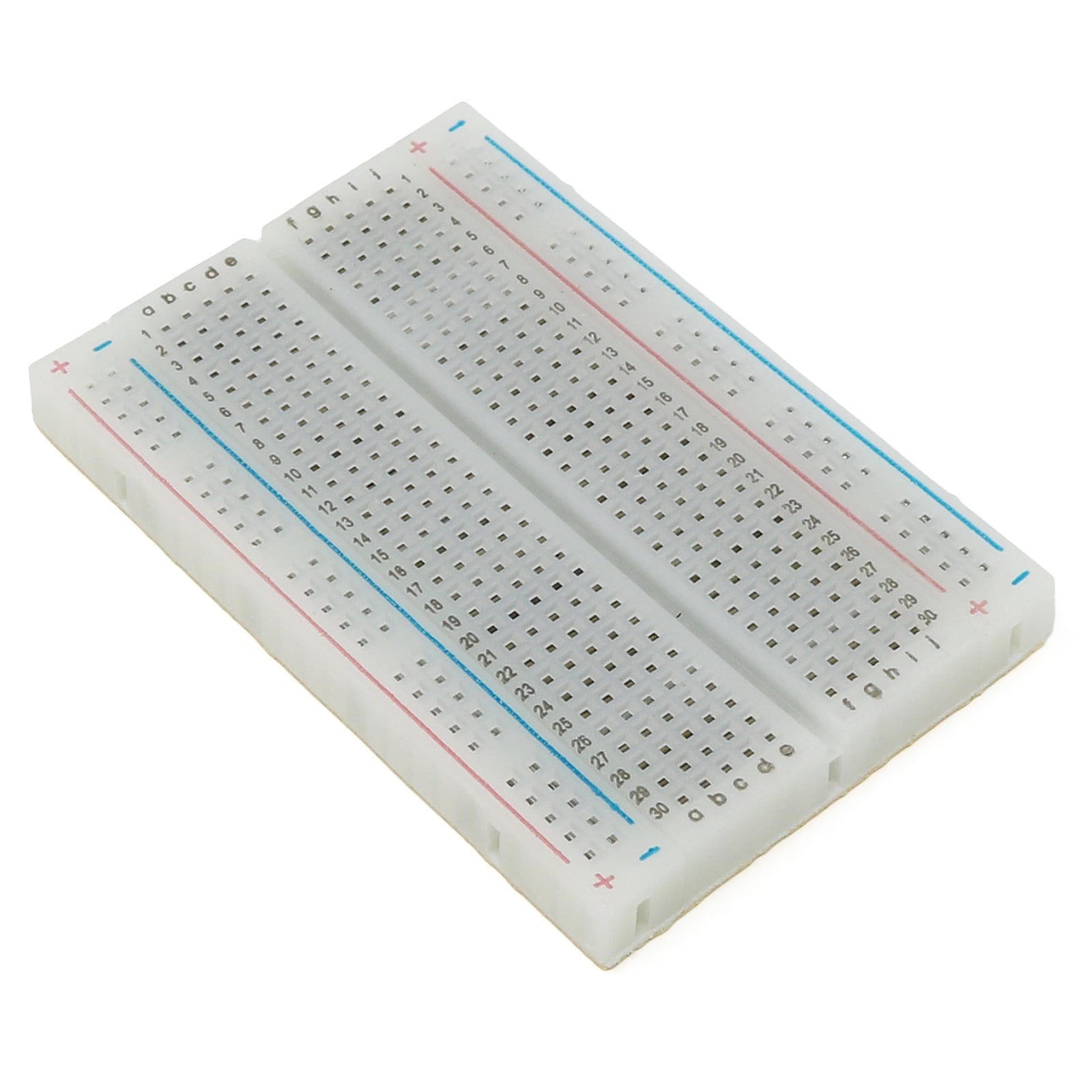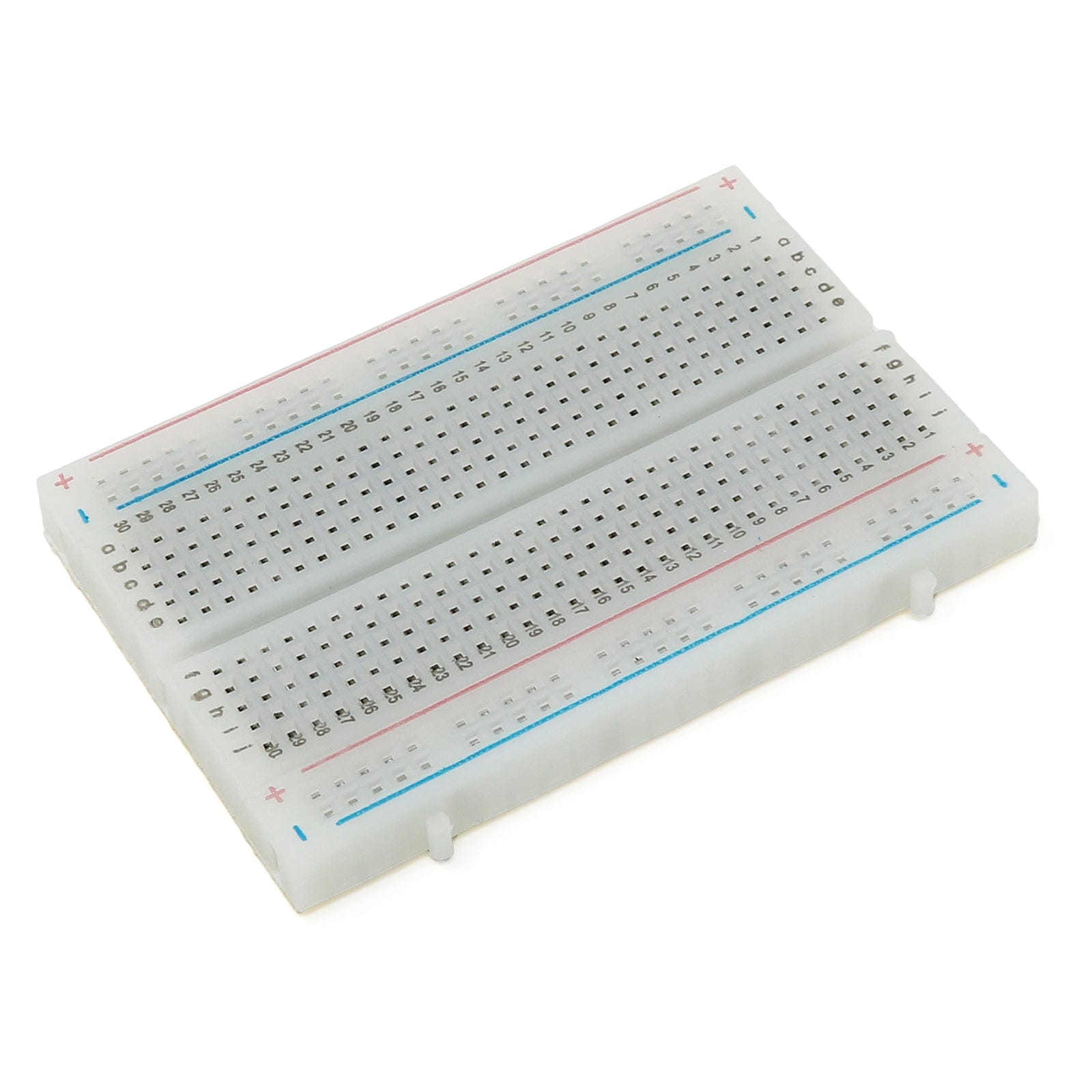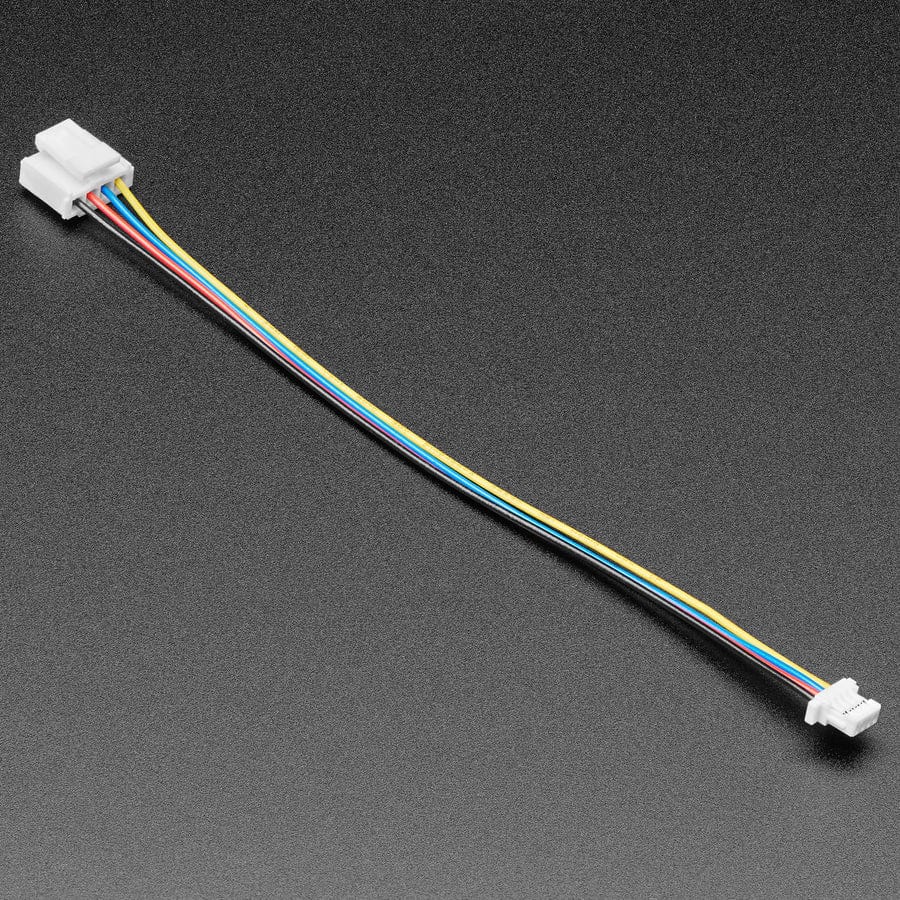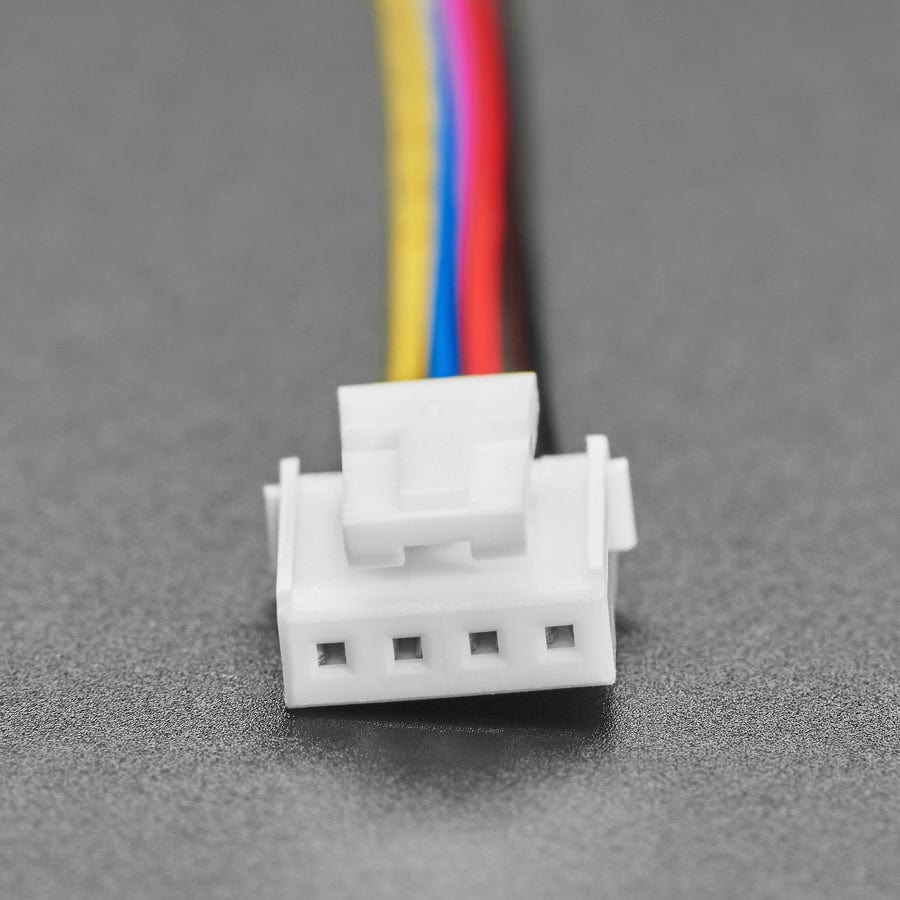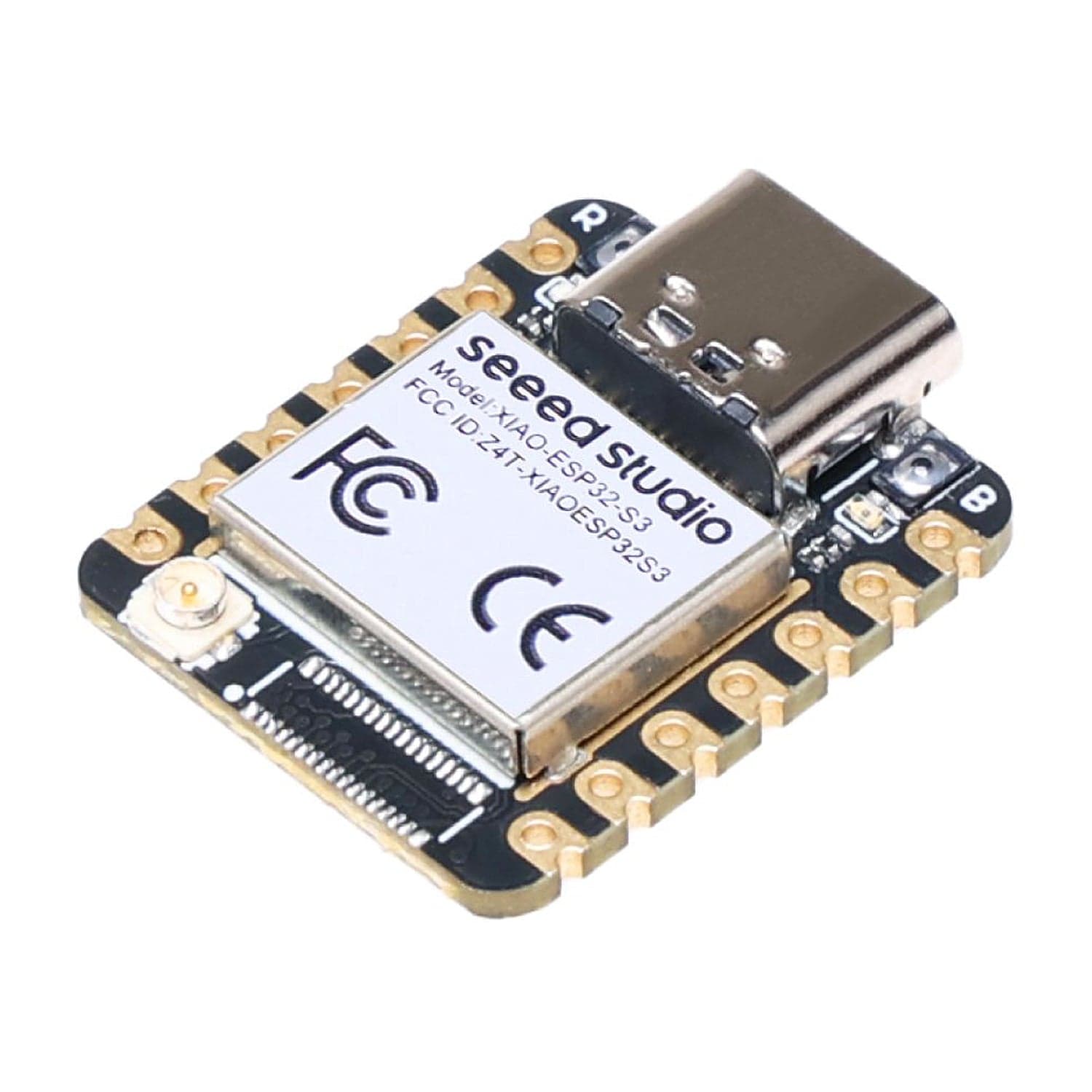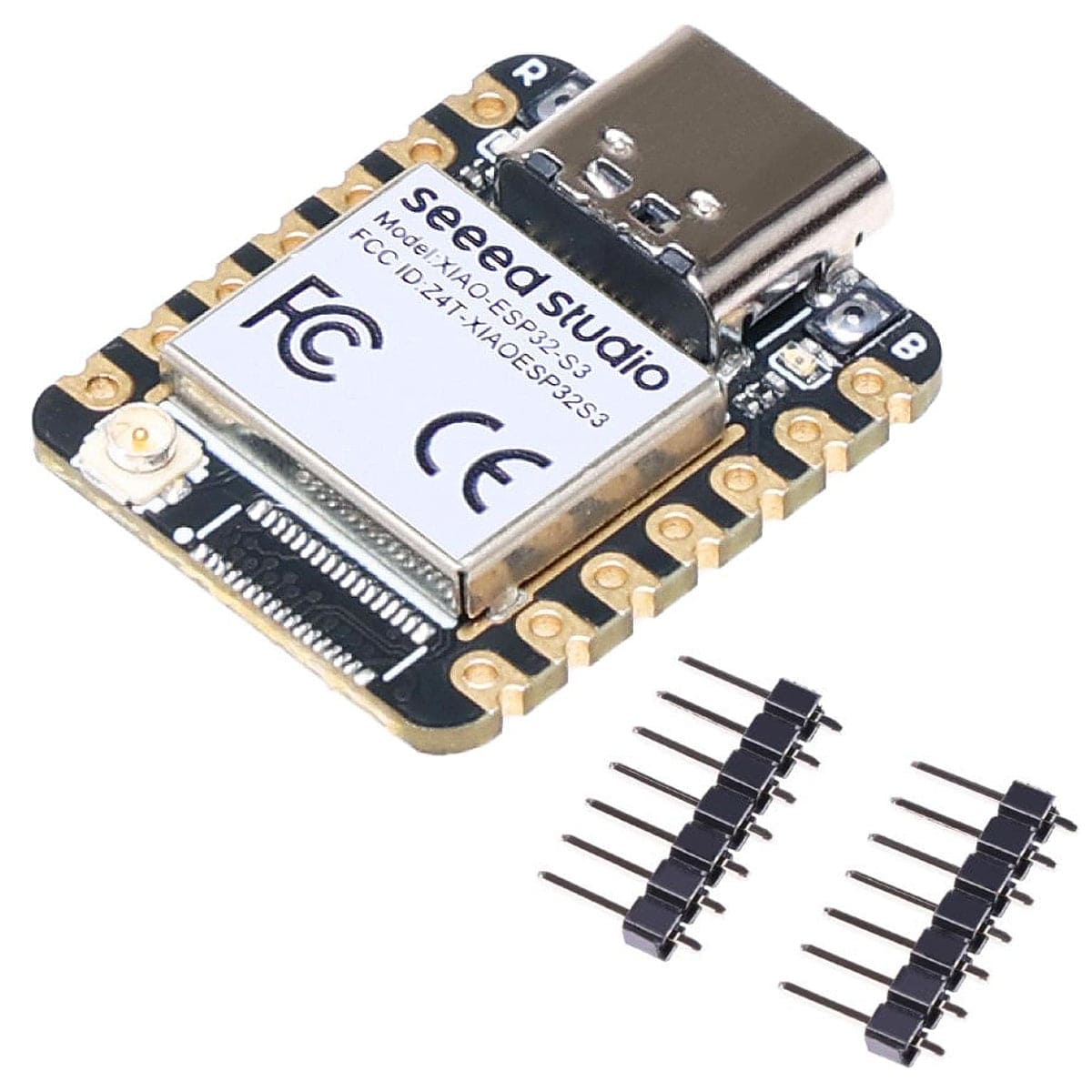
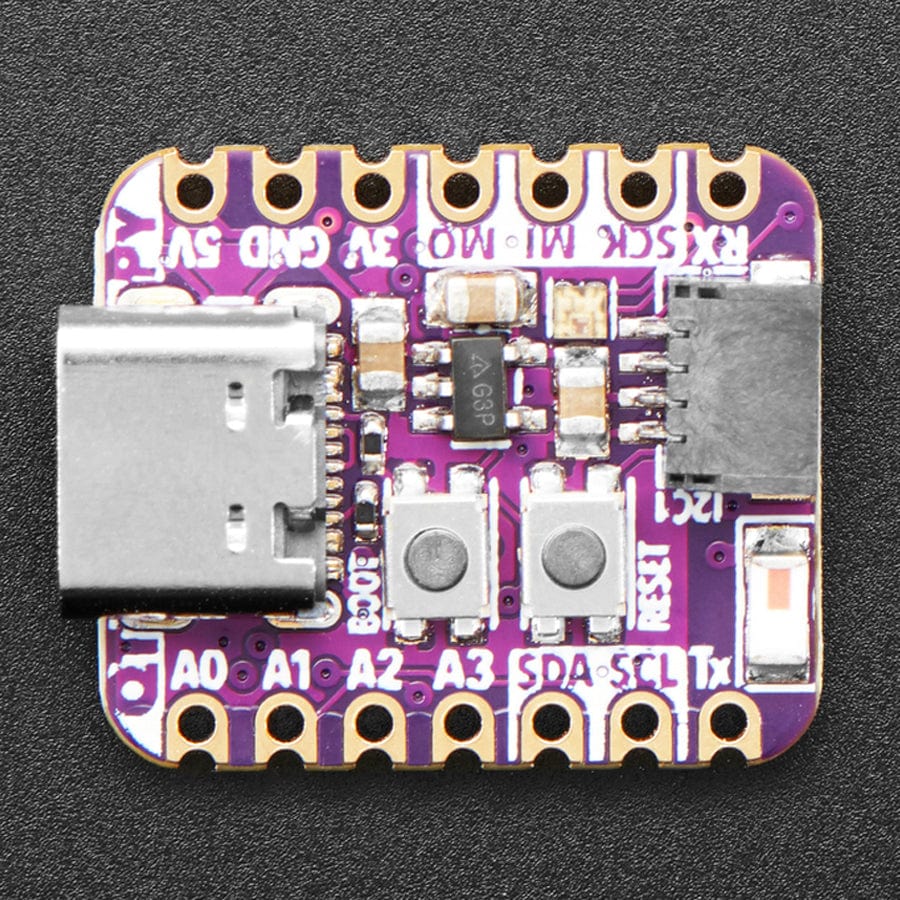
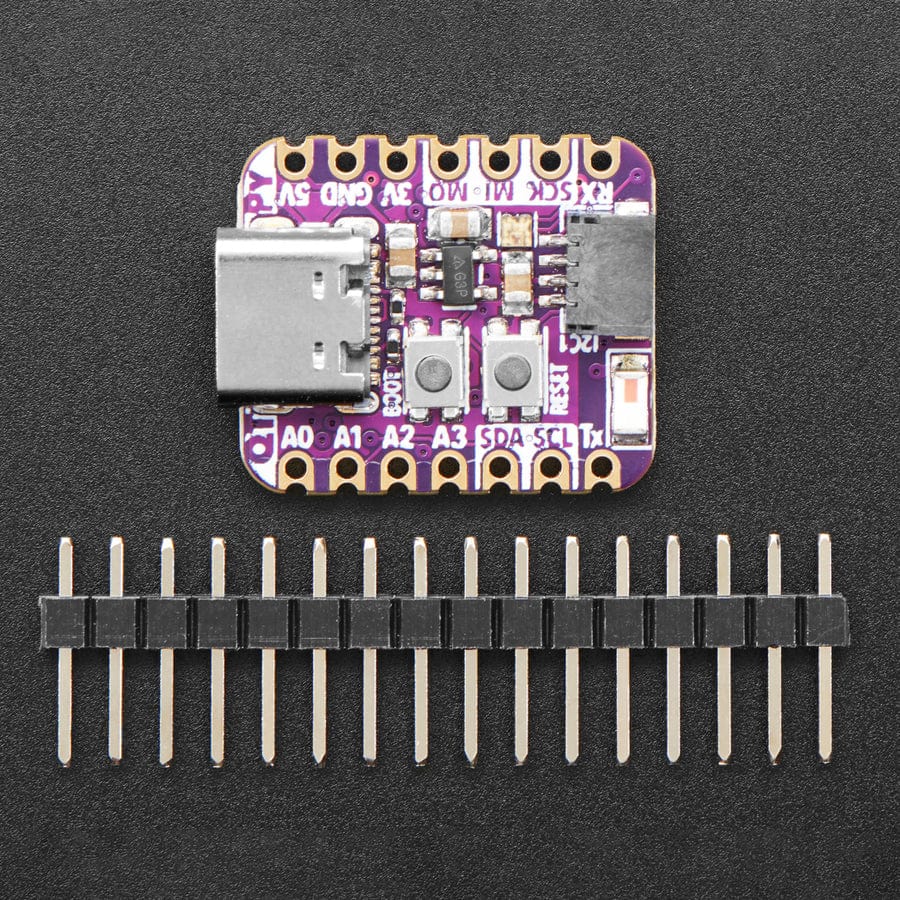
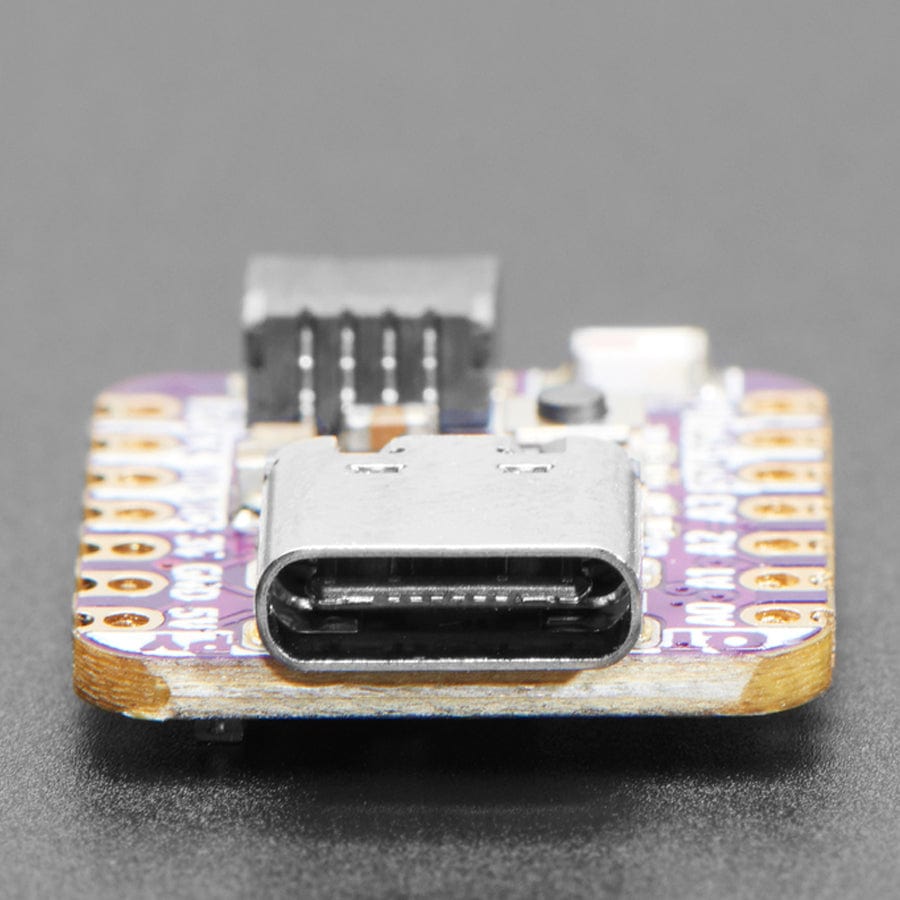
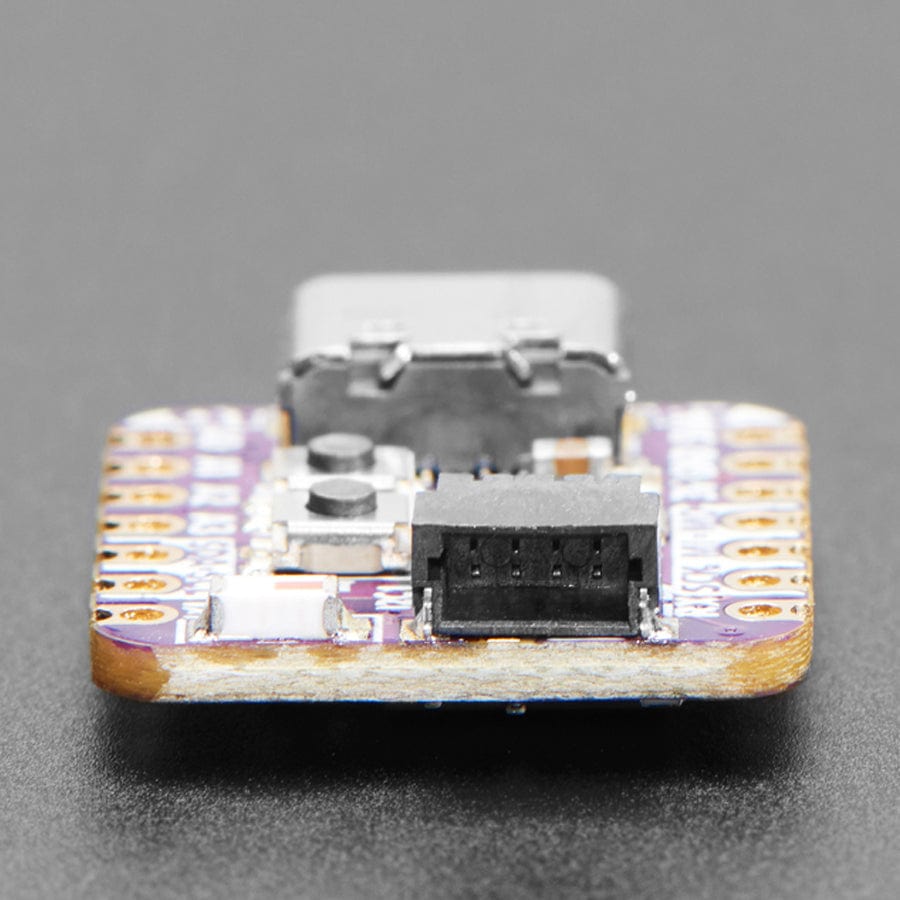
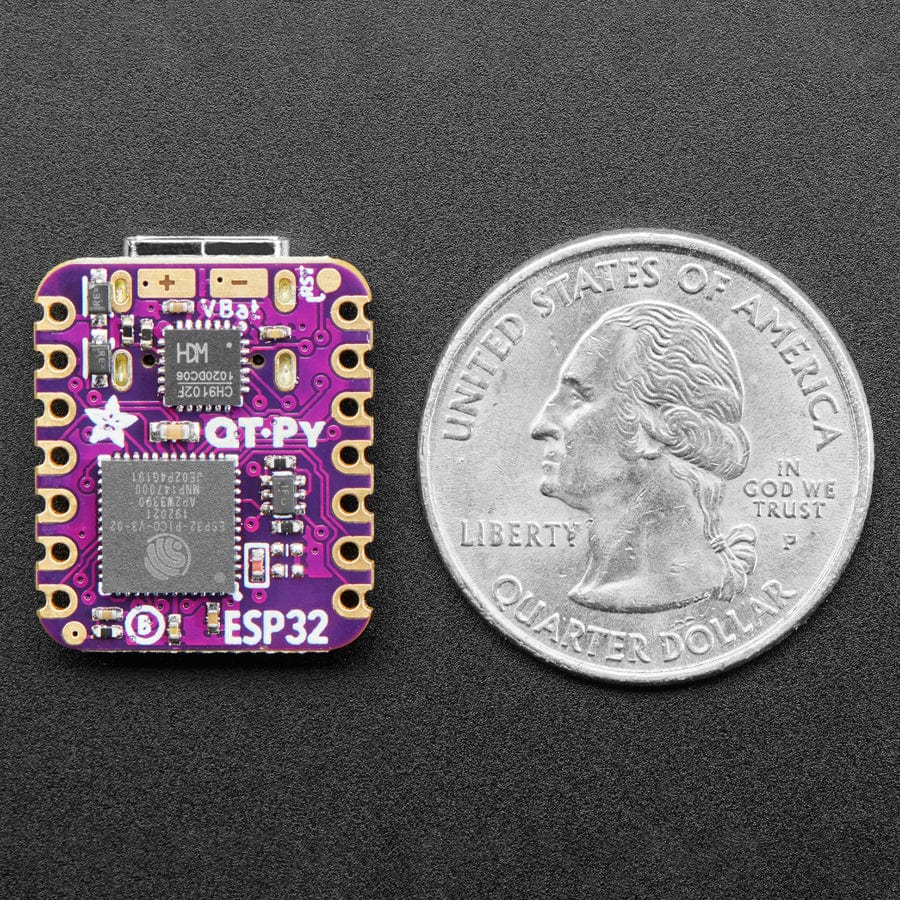
Login / Signup
Cart
Your cart is empty
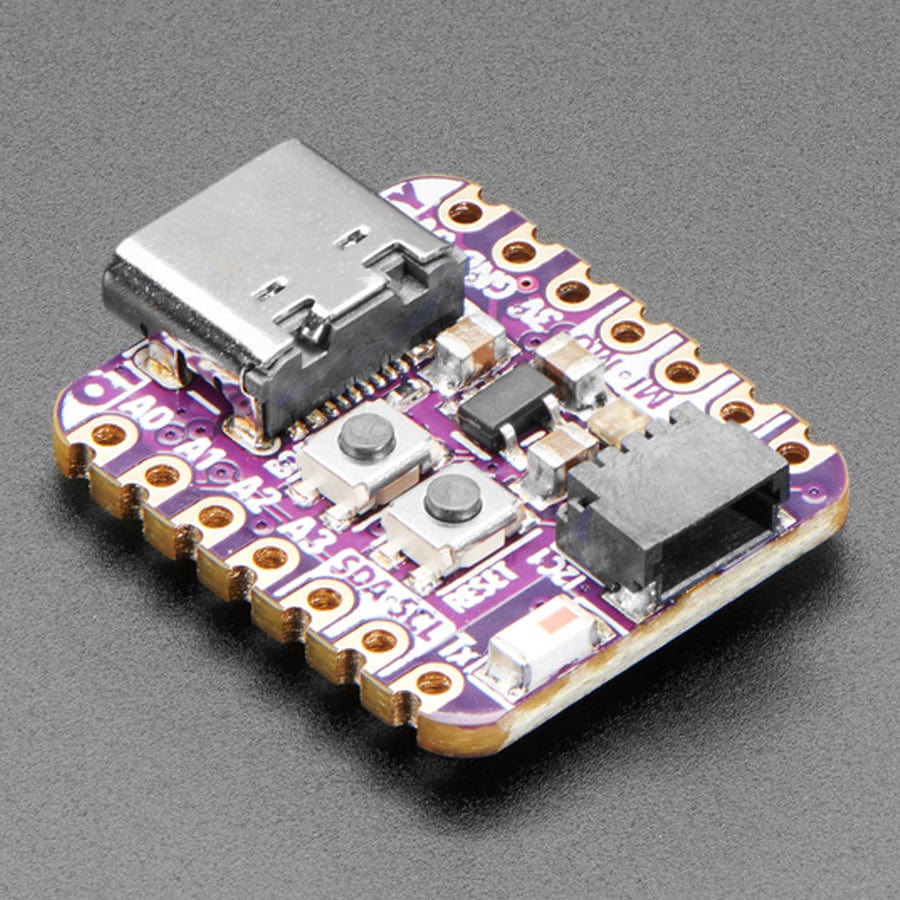
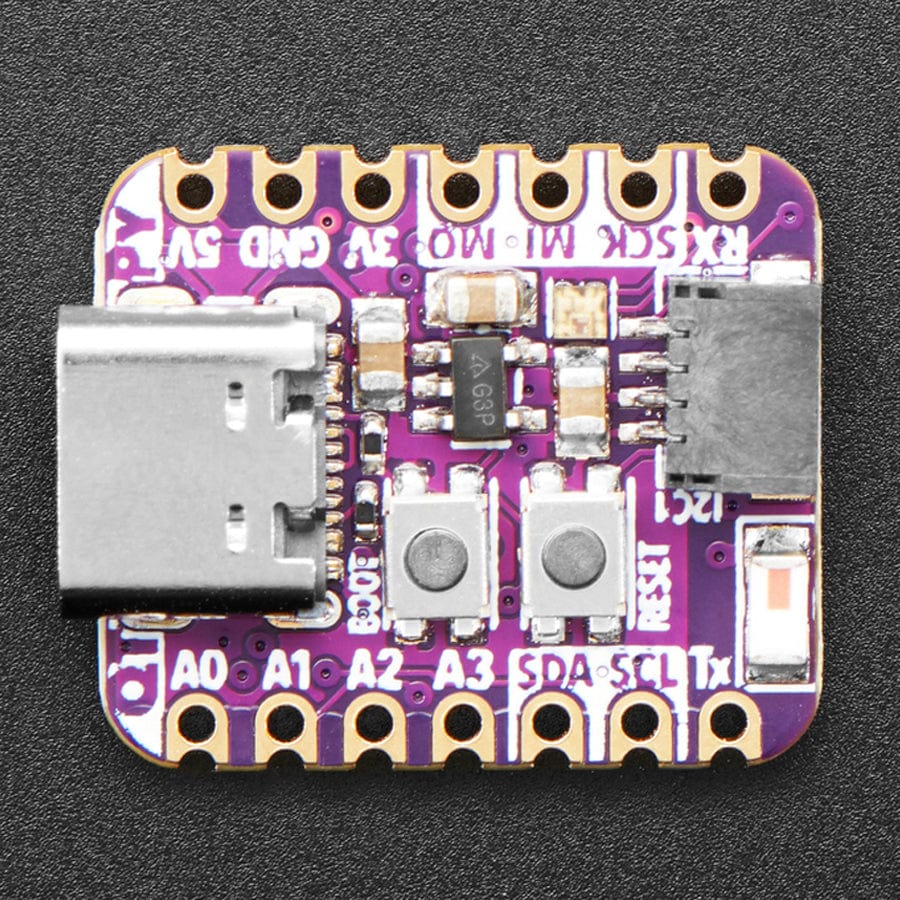
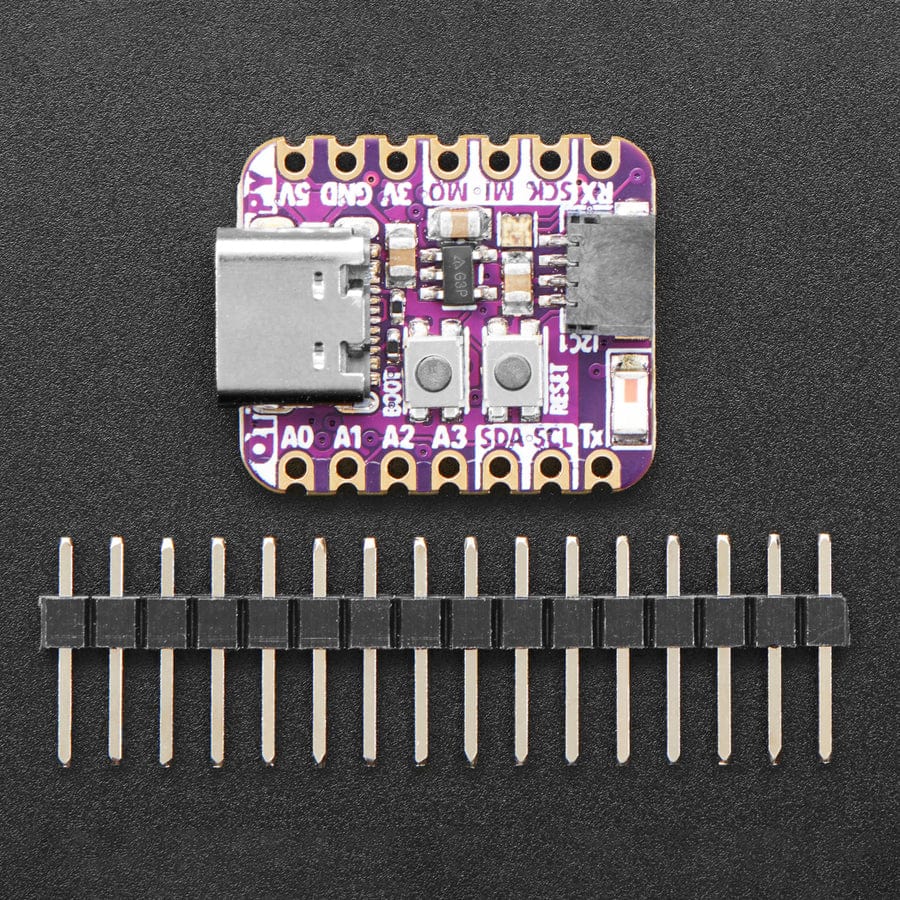
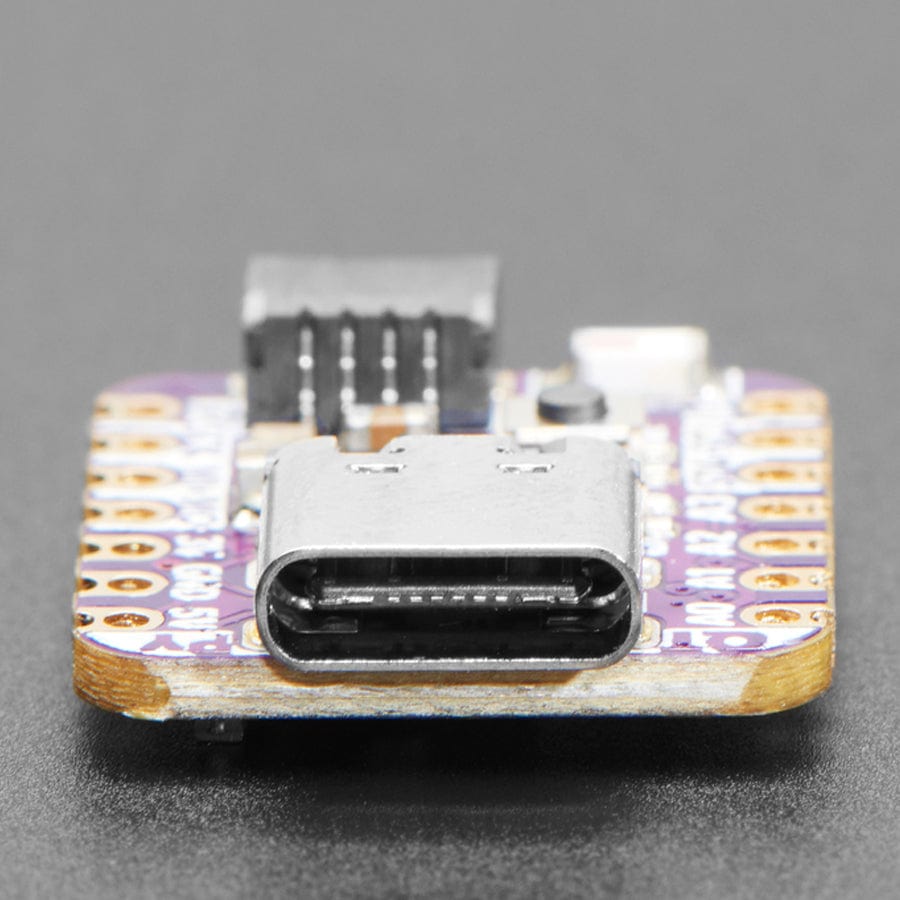
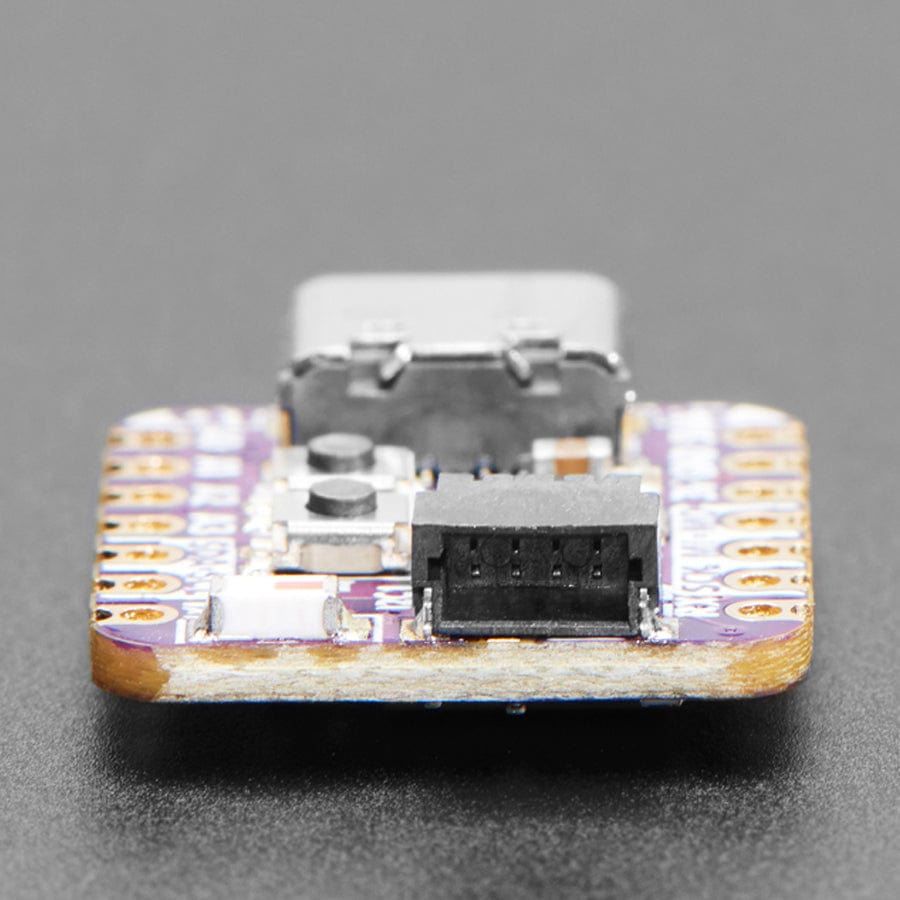
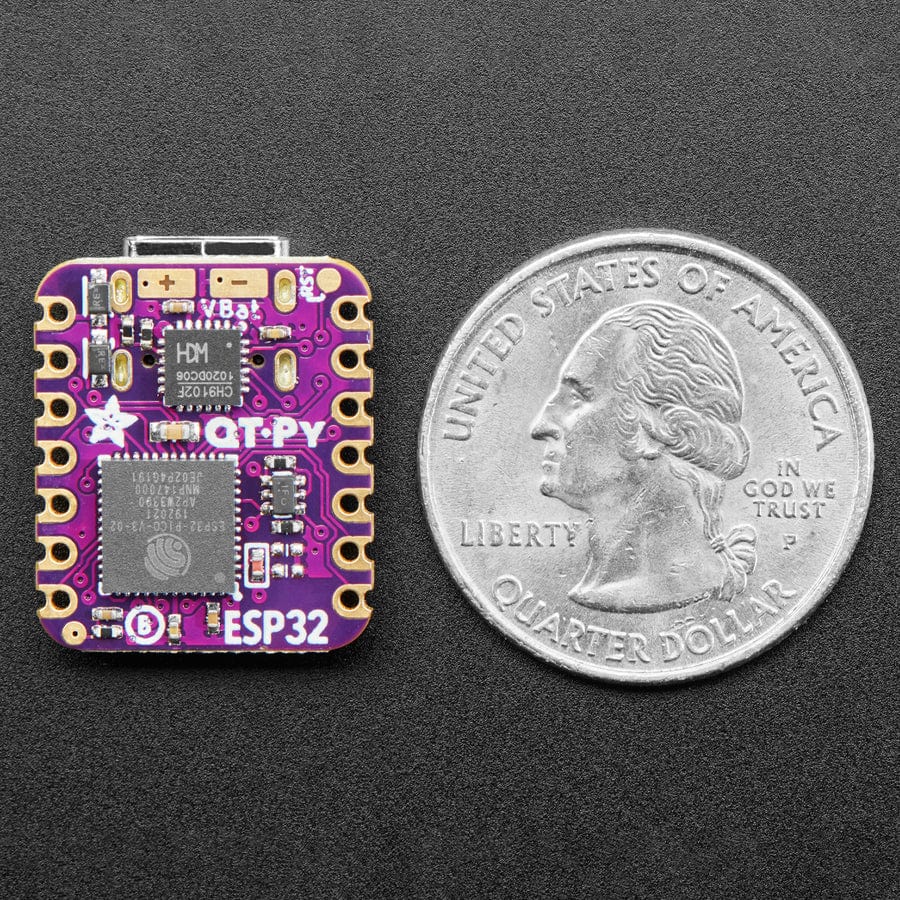
This dev board is like when you're watching a superhero movie and the protagonist shows up in a totally amazing costume in the third act and you're like 'OMG! That's the hero and they're here to kick some serious butt!" but in this case it's a microcontroller.
This QT Py board is a thumbnail-sized PCB that features the ESP32 Pico V3 02, an all-in-one chip that has an ESP32 chip with dual-core 240MHz Tensilica processor, WiFi and Bluetooth classic + BLE, adds a bunch of required passives and oscillator, 8 MB of Flash memory and 2 MB of PSRAM. We add a USB to serial converter chip, some more passives, an antenna, USB C, buttons, NeoPixel and QT connector to outfit this super-hero chip for any task you want to throw it at.
At the core of ESP32-PICO-V3-02 is the ESP32 (ECO V3) chip, which is a single 2.4 GHz Wi-Fi and Bluetooth combo chip designed with TSMC’s 40 nm low-power technology. ESP32-PICO-V3-02 integrates all peripheral components seamlessly, including a crystal oscillator, flash, PSRAM, filter capacitors, and RF matching links in one single package. This makes it perfect for stuffing into such a small space as the QT Py.
Please note the QT Py ESP32 Pico does not have native USB support - instead, there's a USB to serial converter chip. This means it cannot act like a USB keyboard or mouse - but it does have BLE and BT classic so you could wireless.
OLEDs! Inertial Measurement Units! Sensors a-plenty. All plug-and-play thanks to the innovative chainable design: SparkFun Qwiic-compatible STEMMA QT connectors for the I2C bus so you don't even need to solder! Just plug in a compatible cable and attach it to your MCU of choice, and you’re ready to load up some software and measure some light. Seeed Grove I2C boards will also work with this adapter cable.
Pinout and shape are Seeed Xiao compatible, with castellated pads. In addition to the QT connector, we also added an RGB NeoPixel (with a controllable power pin to allow for ultra-low-power usage), a reset button (great for restarting your program or entering the bootloader), and a button on GPIO 0 for entering the ROM bootloader or for user input
It runs Arduino like a dream, or use the ESP IDF for more control over your projects.
Looking for a case to keep your Qt Py safe? Click here to find it in our shop








